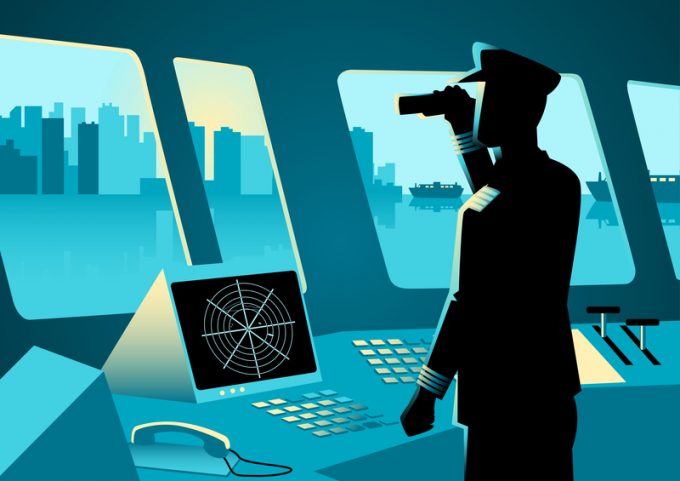MSC to launch new Oceania-US east coast Eagle service next year
Australian and New Zealand exporters to North America are set to get the second direct ...

The bellwether Shanghai Containerized Freight Index (SCFI), which records container spot rates from China to the major tradelanes of the world, will end 2019 on a par with last year – but, as usual, the narrative surrounding how that has been achieved is much more ...

Comment on this article